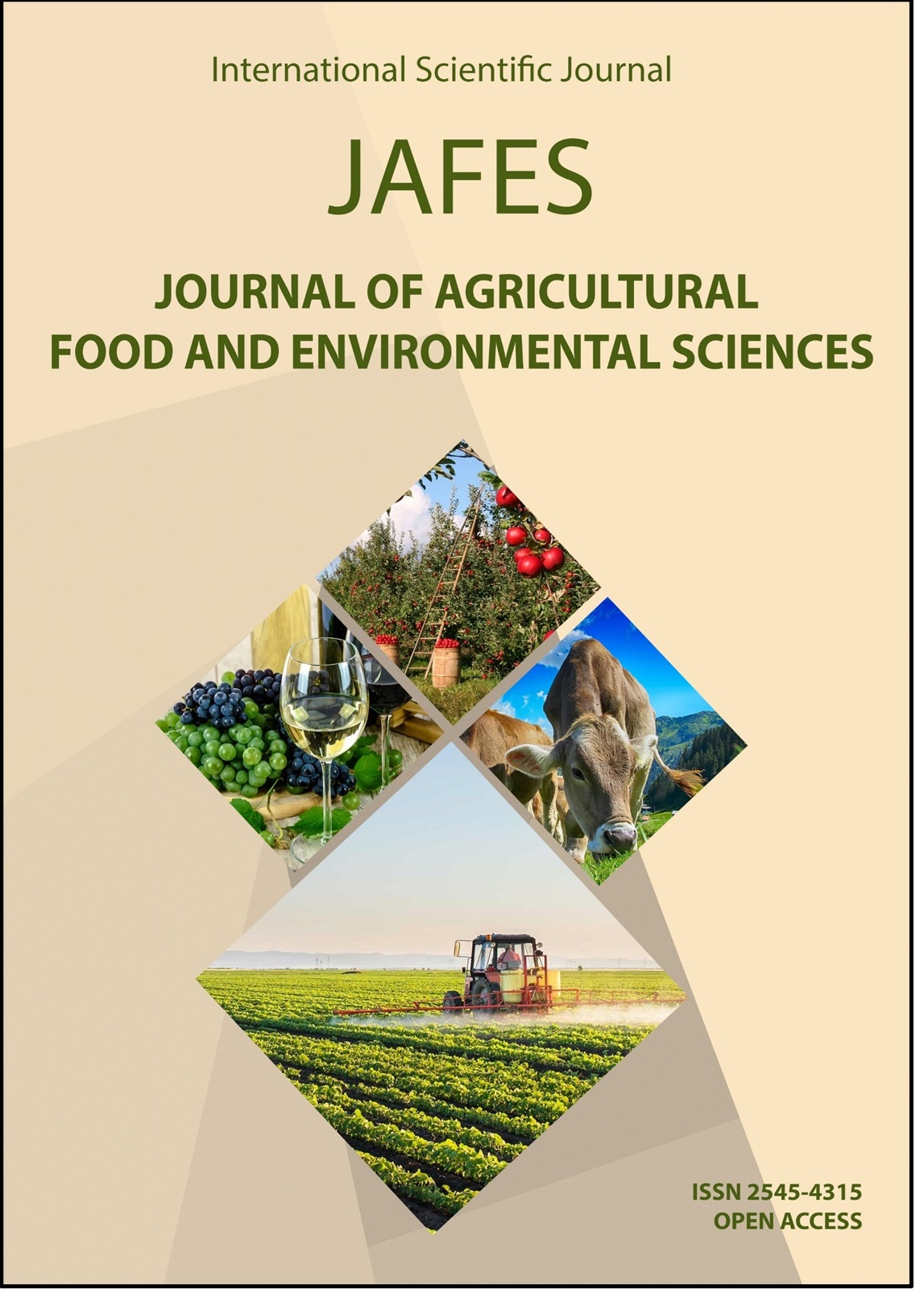HOW COULD THE CAP MEASURES IMPACT FAMILY FARMS IN AREAS WITH NATURAL CONSTRAINTS IN SERBIA
Клучни зборови:
areas with natural constraints, linear programming, simulation of policy scenarios, Serbia.Апстракт
Areas with natural constraints are mountains or other areas where physical landscape results in higher production costs and lower yields. These areas are characterised by undeveloped infrastructure, tendencies to depopulation and resource degradation. The European Union has been providing support for farmers in the areas with natural constraints for the continued use of agricultural land, maintaining the countryside, and promoting a sustainable farming system. The Republic of Serbia is in the process of integration into the European Union and, therefore, seeks to harmonise the national policy to the Common Agricultural Policy. However, the policy toward areas with natural constraints in Serbia does not follow the European model, although it would be recommended given the heterogeneity and number of challenges these areas face. The research aims to examine the effects of different rural development policy measures on production structure, economic results and resource utilisation of family farms in areas with natural constraints in Serbia. A linear programming model has been developed for the dominant farm type in the areas with natural constraints in Eastern and Southern Serbia. The model was used to simulate various policy scenarios based on the Common Agricultural Policy: compensatory payments, decoupled payments, agri-environmental payments and greening payments. Results showed that a combination of different policy measures could increase income and preserve traditional agricultural systems and biodiversity. Considering that there is a lack of empirical research on areas with natural constraints in Serbia, research findings provide guidelines for creating rural development policies that take into account the characteristics of the dominant farm type in these areas.



